Optimal Timing for Squeaky Floor Repairs
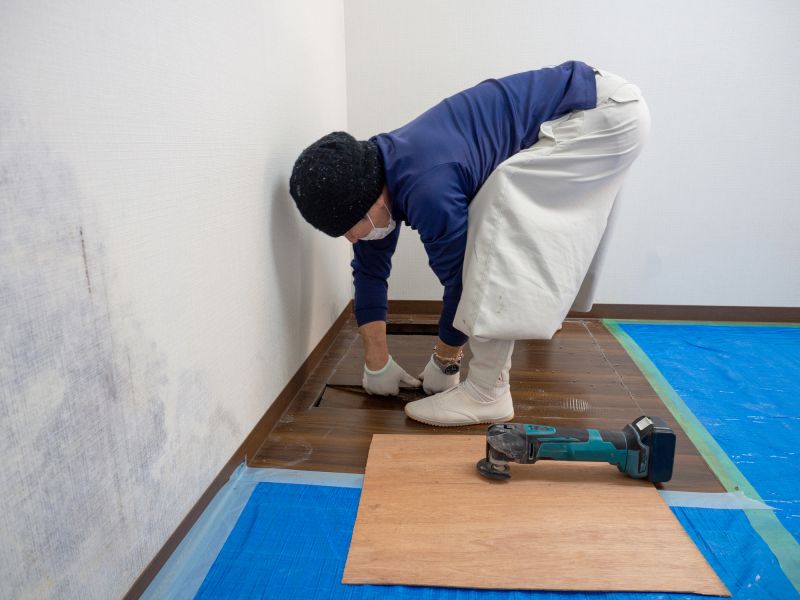
Optimal due to warmer temperatures which can make wood more pliable for repairs.

Ideal as humidity levels are moderate, reducing the risk of wood expansion or contraction.
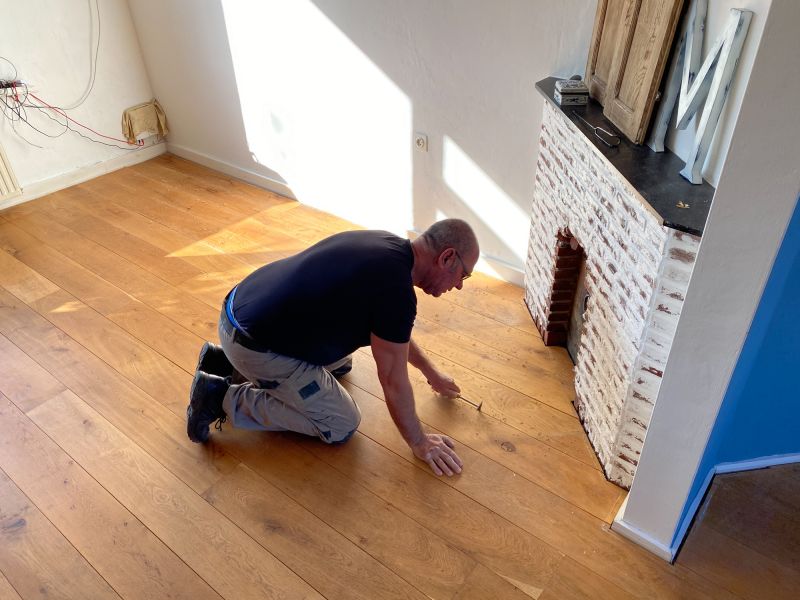
Suitable because of stable weather conditions and less likelihood of extreme temperature fluctuations.

Ways to make Squeaky Floor Repairs work in tight or awkward layouts.
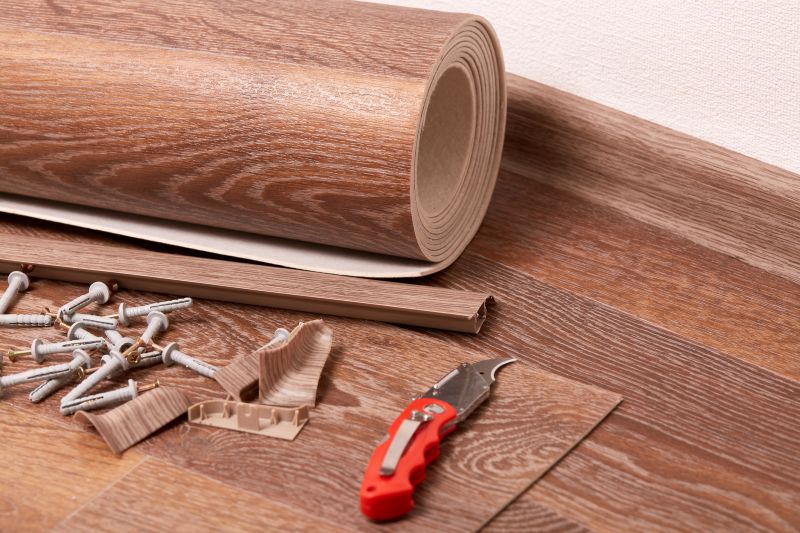
Popular materials for Squeaky Floor Repairs and why they hold up over time.
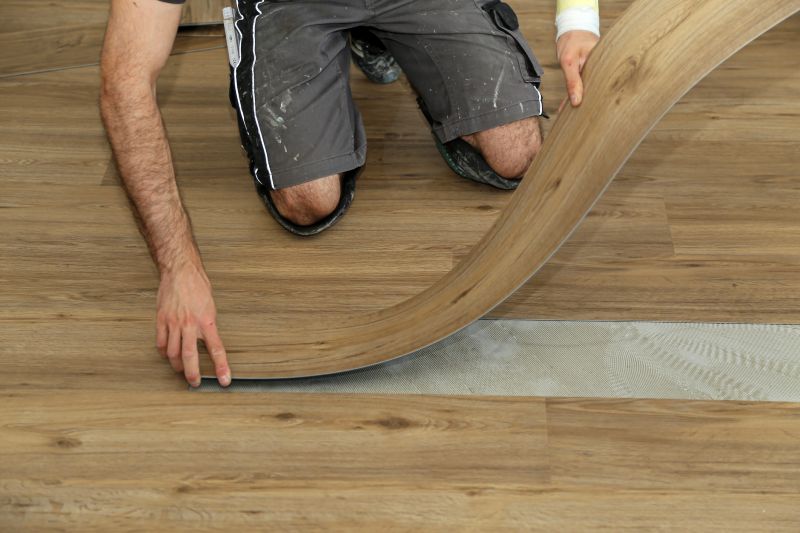
Simple add-ons that improve Squeaky Floor Repairs without blowing the budget.
Squeaky floor repairs are often most effective when performed during periods of stable weather. Temperature and humidity fluctuations can cause wood to expand or contract, which may worsen squeaks or affect repair longevity. Scheduling repairs during seasons with moderate climate conditions can help ensure better adhesion and more lasting results.
Statistics indicate that approximately 30% of homes experience squeaky floors at some point. The causes vary from loose floorboards to subfloor issues, and addressing these problems promptly can prevent further damage. Proper timing of repairs can improve the effectiveness of fixing squeaks, reducing the need for repeated interventions.
Loose floorboards, subfloor movement, or structural shifts often lead to squeaks.
Persistent squeaking when walking, creaking sounds during temperature changes, and visible gaps.
Securing loose boards, applying lubricant, or installing shims to stabilize flooring.
Different flooring types require specific repair techniques for optimal results.

Tools like hammers, shims, and lubricants are essential for effective repairs.
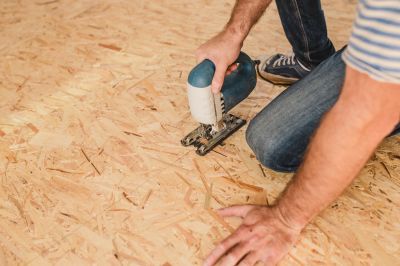
Common cause of squeaks, often fixed by securing or replacing boards.
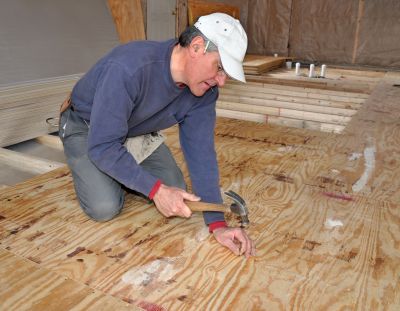
Addressing subfloor movement can eliminate persistent squeaks.
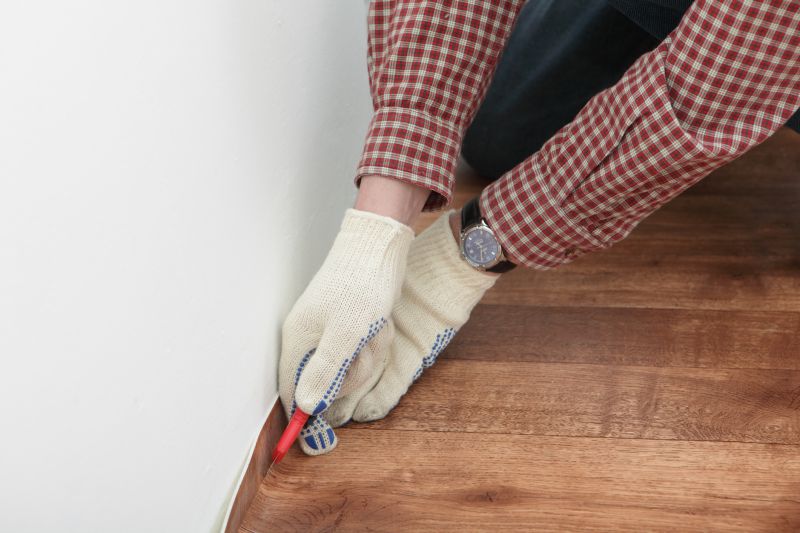
Applying lubricants can reduce friction causing squeaks.
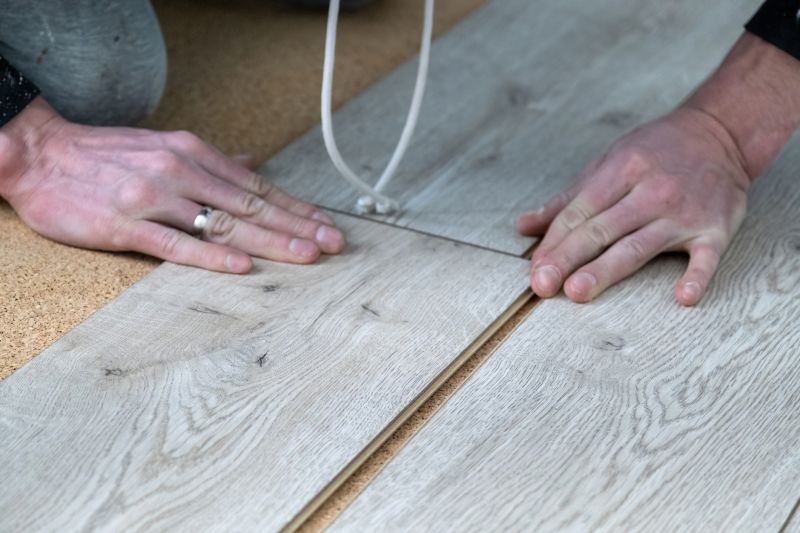
Using shims to stabilize and tighten floorboards.
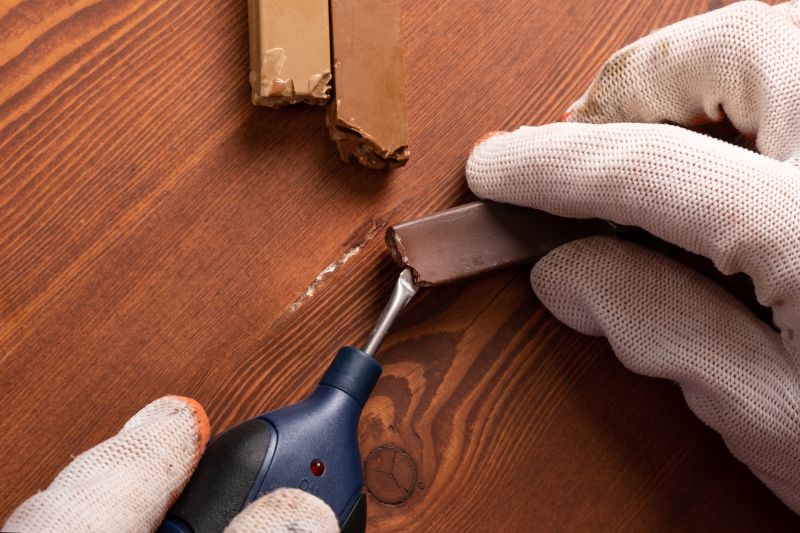
Assessment, securing, and finishing for long-lasting results.
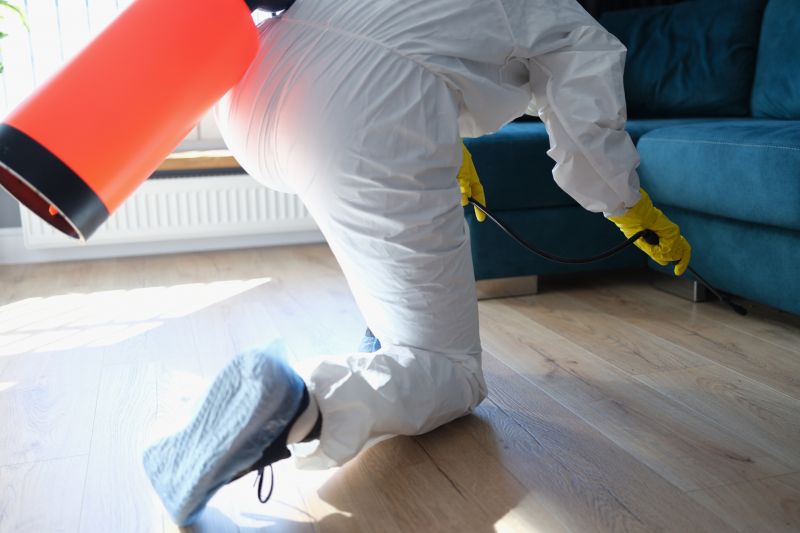
Regular inspections help catch issues early.
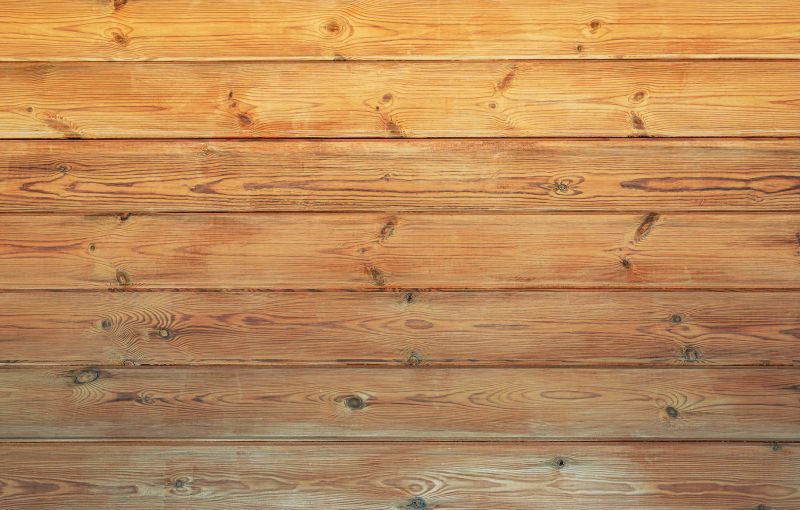
Hardwood, laminate, and engineered flooring each require specific repair approaches.
| Season | Optimal Repair Conditions |
|---|---|
| Summer | Warm temperatures facilitate easier repair and wood expansion. |
| Fall | Moderate humidity levels provide stable conditions for repairs. |
| Spring | Mild weather helps prevent further contraction or expansion. |
| Winter | Potential challenges due to cold and dry conditions affecting wood. |
| Late Summer | High humidity may cause wood to swell, complicating repairs. |
| Early Fall | Ideal for scheduling repairs before colder months. |
| Late Spring | Good for addressing squeaks after winter contraction. |
Choosing the right time for squeaky floor repairs can significantly impact their success and longevity. Seasons with stable weather conditions reduce the likelihood of future squeaks caused by natural wood movement. Proper timing, combined with appropriate repair techniques, can help maintain flooring integrity and comfort.
Interested in addressing squeaky floors effectively? Filling out the contact form can provide guidance and schedule a consultation to determine the best timing and method for repairs.
